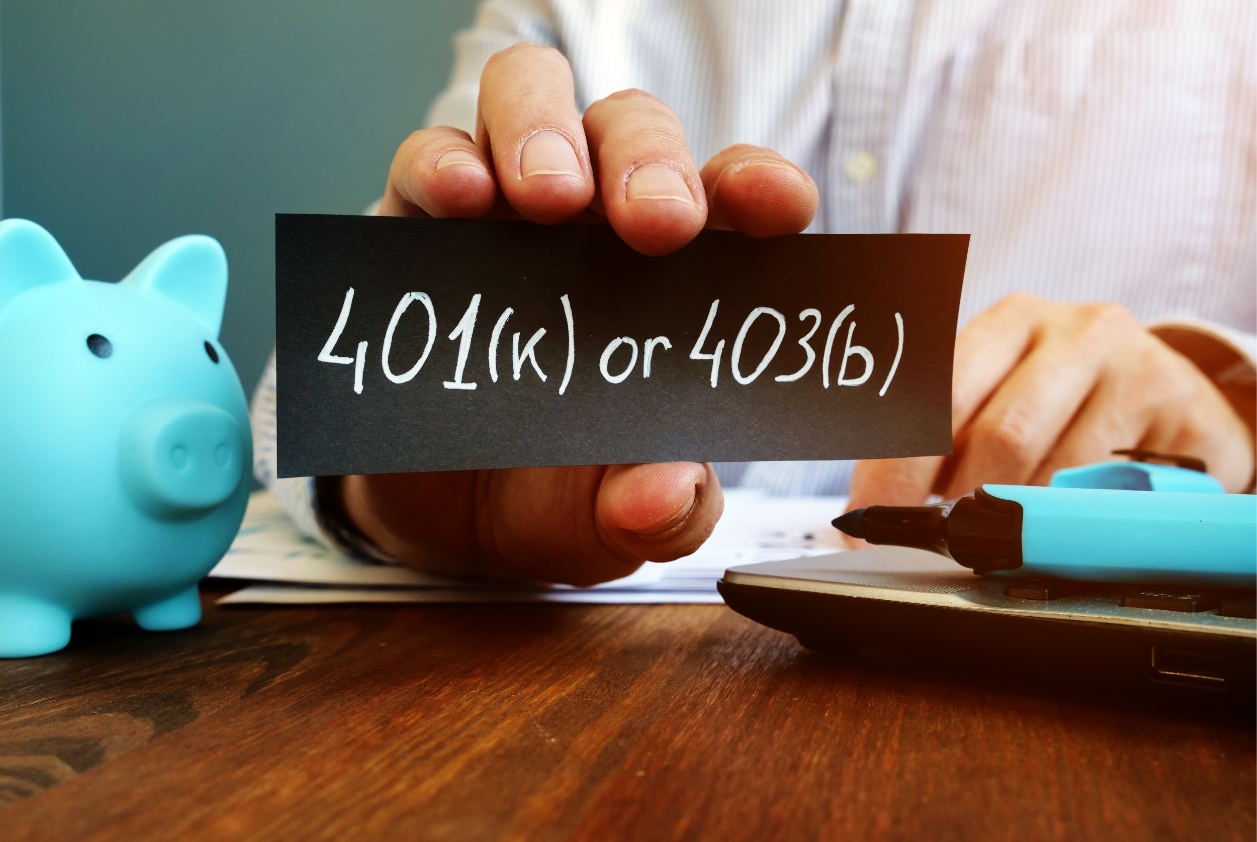The Mega Backdoor
Roth’s Biggest Problem

How testing prevents the mega backdoor Roth from succeeding.
The mega backdoor Roth is a relatively new strategy that employees use to save above the 402(g) deferral limit with after-tax contributions and then convert those contributions to Roth. Many factors need to be considered when using this method, including contribution limits, nondiscrimination testing and record-keeping capabilities by the retirement plan provider. While this strategy is great in theory, many employers will find that it is not administratively feasible to allow the mega backdoor Roth. decision.
Background of the Backdoor Roth
The backdoor Roth is a strategy some people use whose income is too high to be eligible to contribute to a Roth IRA. Instead of directly contributing to a Roth IRA, individuals convert pre-tax or after-tax money from a retirement account, such as a traditional IRA or employer-sponsored retirement plan, to a Roth IRA. Individuals are able to do these conversions regardless of their income, because there are no income limitations on who can convert to Roth.
How a Mega Backdoor Roth Works
The mega backdoor Roth takes things to another level. It is a strategy for employer-sponsored retirement plans that allows employees to save after-tax contributions and then convert those contributions to Roth, regardless of income.1 After-tax contributions can be allowed by the plan document in 403(b) plans and 401(k) plans, but not 457(b) plans. After-tax contributions are not limited by the 402(g) deferral limit like pre-tax and Roth deferrals, which is $20,500 in 2022 ($27,000 if age 50 or older). To figure out the maximum amount of after-tax contributions an employee is allowed to contribute, we must look at the 415(c) limit, which is the combined limit for employee and employer contributions ($61,000 in 2022). Employees must subtract their total amount of employee and employer contributions from the 415(c) limit to see if there is any remaining amount left. That remaining amount could then be contributed after-tax. For example, if an employee saves $27,000 in employee contributions and receives $15,000 in employer matching contributions, that still leaves $19,000 that could be contributed after-tax in 2022. Ideally, the after-tax money is immediately converted to Roth via an in-service distribution to a Roth IRA or an in-plan Roth rollover. Timing is important, because after-tax earnings are taxable, but once the money is in a Roth it grows tax-free. If the retirement plan doesn’t allow in-service distributions or in-plan Roth rollovers, the mega backdoor Roth strategy is delayed and not as beneficial.
Why Testing is Problem
To allow the mega backdoor Roth to work, after-tax contributions need to be allowed by the plan document. However, when voluntary after-tax contributions are allowed, these contributions are subject to the Average Contribution Percentage (ACP) test, even if you have the employer has a safe harbor plan that usually avoids nondiscrimination testing.2 In most cases the ACP test will fail, because the highly compensated employees (HCEs) are usually the people making this type of contribution and none or few non-highly compensated employees (NHCEs) defer this type of contribution.3 When the ACP test fails, the HCEs end up getting their after-tax contributions returned to them, which defeats the purpose of the mega backdoor Roth.
Summary
Unless all of a company’s employees earn less than the highly compensated employee limit or the employees that want to utilize the mega backdoor Roth earn under that limit, the mega backdoor Roth make ACP testing very difficult to pass. While the concept of the mega backdoor Roth is an intriguing strategy for allowing employees to save high amounts of Roth money in an indirect way, employers should carefully consider whether it makes sense for their retirement plan.
- https://www.nerdwallet.com/article/investing/mega-backdoor-roths-work
- https://www.napa-net.org/news-info/daily-news/case-week-401k-after-tax-contributions-are-%E2%80%98testy%E2%80%99
- https://www.forbes.com/sites/rickunser/2021/08/03/why-the-mega-backdoor-roth-unfortunately-does-not-always-work/?sh=1e23f9b65715
CRN-4673993-041322

